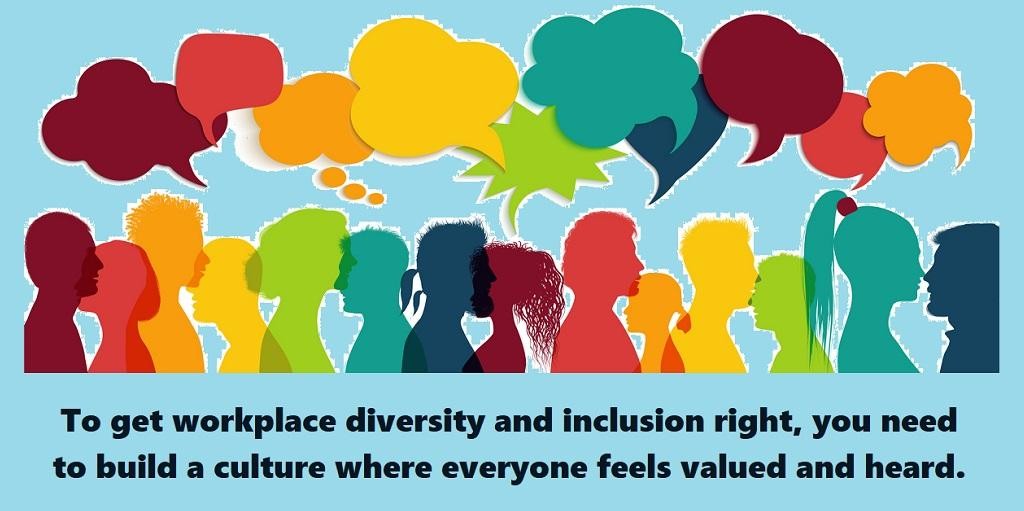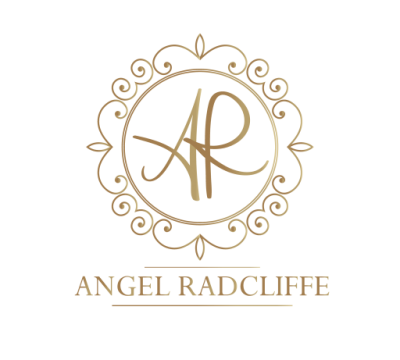In order to create an effective and productive workplace, it is essential that employees feel comfortable and supported in their environment. A diverse and inclusive workplace is one in which everyone feels welcome, respected, and valued, regardless of differences in race, gender identity, sexual orientation, religion, or ability. In a remote environment, companies have the opportunity to be more intentional about staffing a more diverse workforce but at the same time have difficulties focusing on strategies to reflect the company culture and DEI initiatives.
While there are many benefits to working remotely, one downside is that it can be more difficult for companies to foster a diverse and inclusive environment when their employees are not all in the same physical space. In order to create a welcoming work environment for all, here are 7 ways companies can reflect diversity no matter if you are remote, hybrid, or in a physical workspace:
Define What Diversity and Inclusion Mean to Your Company
Many companies are looking to increase diversity in the workplace, but often they are not sure where to start. One of the first steps is to define what diversity and inclusion mean to the company. What are the company’s goals for diversity? What challenges does the company face in achieving these goals? Once these questions have been answered, the company can develop a plan of action. This plan should include initiatives such as training employees on diversity and inclusion, recruiting a more diverse workforce, and creating an inclusive work environment. By taking these steps, companies can begin to build a more diverse and inclusive workplace.
Remove Bias from Job Descriptions
In today’s workplace, it’s more important than ever to ensure that job descriptions are free from bias. Not only does this help to create a more diverse and inclusive workplace, but it also ensures that the best candidates are chosen for the job, regardless of their gender, race, or other factors. Studies have shown that job descriptions often contain subtle but powerful cues that can discourage diversity. For example, research has shown that job descriptions that use masculine pronouns are less likely to attract women applicants. Other studies have found that job descriptions with long lists of qualifications are less likely to attract minority candidates.
There are a few simple steps that can be taken to remove bias from job descriptions. First, avoid using pronouns such as “he” or “she” when referring to the ideal candidate. Second, avoid using words that connote a particular gender, such as “ninja” or “rock star.” Third, use neutral terms to describe desired qualifications and experience levels. For example, instead of saying that the ideal candidate is “a go-getter,” say that they are “motivated and driven.”
By taking steps to remove bias from your job descriptions, you can help create a more diverse and inclusive workplace. In turn, this will make your business more successful and better able to compete in the global marketplace.
Use Diverse Sourcing Channels
Another way to increase diversity is to use a variety of sourcing channels when recruiting talent. This means going beyond traditional sources like job boards and online postings and making an effort to reach out to underrepresented groups. For example, you might post jobs on sites that cater to specific communities, or partner with local organizations that help place candidates from diverse backgrounds. By using diverse sourcing channels, you can tap into a wealth of talent that you might otherwise miss.
Encourage Employees to Share Their Backgrounds and Cultures
Employees come from all backgrounds and cultures, and each one brings their own unique perspective. This diversity can be a major strength, but only if employees feel comfortable sharing their backgrounds and cultures. Unfortunately, many workers feel uncomfortable or even threatened by diversity. They may fear that they will be judged or treated differently if they reveal their background or culture. As a result, they may keep these aspects of themselves hidden, which can lead to tension and division in the workplace.
Encouraging employees to share their backgrounds and cultures can help to create a more inclusive workplace. When employees feel comfortable sharing who they are, they are more likely to trust and respect their co-workers. They may also be more likely to collaborate effectively and solve problems creatively. In addition, diversity can bring new perspectives and ideas to the workplace, which can lead to innovation and growth. Creating an environment where employees feel comfortable sharing their backgrounds and cultures is essential for any organization that wants to thrive in today’s marketplace.

Include Diverse Perspectives in Your Marketing Content
When creating marketing content, be sure to include diverse perspectives. This could mean featuring employees from different backgrounds in your company’s blog or using market research data from a variety of sources. By including diverse perspectives, you’ll not only be promoting inclusivity within your company but also connecting with potential customers who may identify with the diverse perspectives represented in your content.
Host Virtual Events That Celebrate Diversity.
Another great way to reflect the diversity, especially in a remote or hybrid environment, is to host virtual events that celebrate different cultures and traditions. These events could include cooking demonstrations, language lessons, or presentations on cultural history and customs. Not only will these types of events help employees feel connected to each other, but they’ll also provide valuable learning opportunities for everyone involved.
Train Your Team on Unconscious Bias
When it comes to diversity in the workplace, it’s important to be aware of unconscious bias. Unconscious bias is the tendency to make judgments based on our own preferences and experiences, rather than on objective criteria. Unfortunately, unconscious bias can lead to discrimination in the workplace and is often based on stereotypes and can result in discriminatory hiring practices, exclusionary work environments, and unequal opportunities. That’s why it’s so important to train your team on unconscious bias. By raising awareness of this issue, you can help create a more inclusive workplace. Here are some tips for training your team on unconscious bias:
1. Discuss what unconscious bias is and how it can impact the workplace.
2. Use real-life examples to illustrate how unconscious bias can play out in the workplace.
3. Encourage open discussion about personal experiences with unconscious bias.
4. Provide resources for further learning about diversity and inclusion.
5. Focus on creating a respectful and inclusive workplace for all employees.
By following these tips, you can help your team become more aware of unconscious bias and learn how to avoid making judgments that could lead to discrimination in the workplace.

While each company will strategize differently in addressing diversity and inclusion, it’s important to remember to evaluate your progress on a regular basis no matter the approach. By implementing best practices for recruitment and hiring, businesses can ensure that their workforce is reflective of the communities they serve. Businesses can create a more equitable and inclusive workplace by implementing recruitment and hiring strategies that focus on diversity and inclusion. With effort and the right DEI resources, any company can reflect diversity in a remote or hybrid environment and create a welcoming environment for all.


